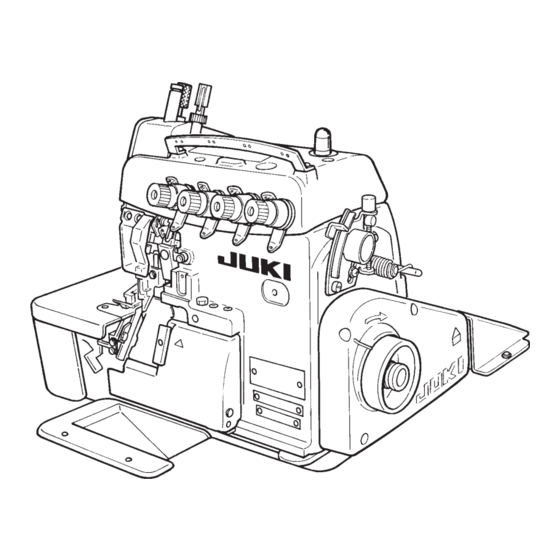
JUKI MO-6000S series Engineer's Manual
Super-high-speed overlock machine; high-speed overlock machine / safety stitch machine; high-speed variable top feed overlock machine
Hide thumbs
Also See for MO-6000S series:
- Handbook (257 pages) ,
- Engineer's manual (96 pages) ,
- Specifications (4 pages)
Table of Contents
Advertisement
R
Super-High-Speed Overlock Machine
High-Speed Overlock Machine / Safety Stitch Machine
MO-6000S series
MO-6900G series
(for Extra-heavy-weight Materials)
High-Speed Variable Top Feed Overlock Machine
MO-6900R series
MO-6900J series
(for Extra-heavy-weight Materials)
ENGINEER'S MANUAL
29355807
No.E350-01
Advertisement
Table of Contents















Need help?
Do you have a question about the MO-6000S series and is the answer not in the manual?
Questions and answers